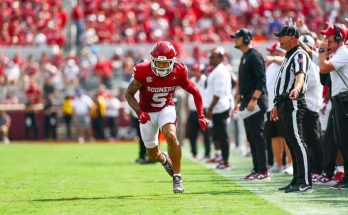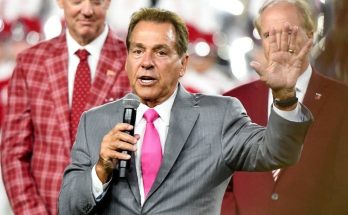The New York Rangers have long been one of the NHL’s most storied franchises, a team defined by its blend of grit, skill, and an unwavering commitment to winning. But with the recent trade of K’Andre Miller, the organization has signaled a seismic shift in its philosophy—one that officially ushers in a new era of Rangers hockey. This move is not just about swapping a player for future assets; it’s a statement about where the team is headed, the kind of hockey they want to play, and the identity they aim to cultivate in the years to come.
K’Andre Miller’s departure marks the end of an era in many ways. Drafted 22nd overall in 2018, Miller was a cornerstone of the Rangers’ defensive rebuild—a towering, mobile defenseman with the potential to be a franchise pillar. His combination of size, skating, and two-way ability made him a fan favorite and a key piece of the team’s young core. But in the NHL, progress often requires difficult decisions, and the Rangers’ front office has clearly decided that Miller’s value on the trade market outweighed his long-term fit with their evolving vision.
So, what does this trade signify? For starters, it underscores the Rangers’ commitment to reshaping their blue line. Miller was a solid contributor, but the return they received—reportedly a high draft pick and a promising young forward—suggests that general manager Chris Drury is prioritizing flexibility and future assets. This isn’t a rebuild; the Rangers are too talented for that. Instead, it’s a recalibration, an acknowledgment that the roster as constructed had gaps that needed addressing.
One of those gaps is offensive depth. While the Rangers boast elite talent in Artemi Panarin, Mika Zibanejad, and Adam Fox, their secondary scoring has been inconsistent. By moving Miller, the Rangers have opened the door to add another dynamic forward, either through the draft or via another trade. The NHL is increasingly a league driven by speed and skill, and the Rangers seem determined to double down on that trend.
But the trade also speaks to a broader philosophical shift. Under former head coach Gerard Gallant, the Rangers played a structured, defensive-minded game that relied heavily on goaltending and timely scoring. While that approach brought them to the Eastern Conference Finals in 2022, it also exposed limitations—particularly when facing deeper, more aggressive teams. With Peter Laviolette now behind the bench, the Rangers appear to be embracing a more up-tempo, aggressive style. Moving a defenseman like Miller, who thrived in a shutdown role, suggests they’re willing to sacrifice some defensive stability for increased offensive firepower.
Of course, trades like this don’t happen in a vacuum. The Rangers’ decision to part with Miller likely reflects their confidence in other young defensemen ready to step up. Players like Braden Schneider and Zac Jones have shown flashes of top-four potential, and the organization may believe they can fill the void left by Miller’s departure. Additionally, the Rangers still have veterans like Jacob Trouba and Ryan Lindgren to anchor the blue line, ensuring that the defense won’t be left completely exposed.
The trade also raises questions about the Rangers’ long-term plans for their core. With young stars like Alexis Lafrenière and Kaapo Kakko still finding their footing, and franchise cornerstones like Igor Shesterkin and Adam Fox in their primes, the window to compete is very much open. But in a league where contention cycles can be fleeting, the Rangers are clearly mindful of staying ahead of the curve. By stockpiling assets and maintaining roster flexibility, they’re positioning themselves to make bigger moves down the line—whether that’s acquiring a marquee player at the trade deadline or making a splash in free agency.
For Rangers fans, the emotional reaction to Miller’s trade is understandable. He was a homegrown talent, a player who embodied the team’s recent resurgence. But in the cold calculus of NHL roster construction, sentimentality often takes a back seat to pragmatism. The Rangers aren’t just thinking about next season; they’re planning for the next five. And if this trade helps them build a more balanced, dynamic team capable of sustained success, it will be remembered as a necessary step rather than a painful goodbye.
The NHL is an ever-evolving landscape, and the Rangers’ decision to trade K’Andre Miller is a bold bet on their ability to adapt. It’s a move that signals confidence in their scouting, their development system, and their vision for the future. Whether this new era brings a Stanley Cup remains to be seen, but one thing is certain: the Rangers aren’t content to stand still. They’re pushing forward, and the rest of the league will have to keep up.


